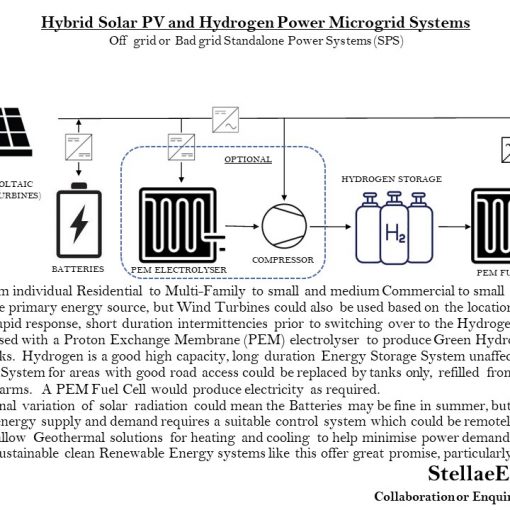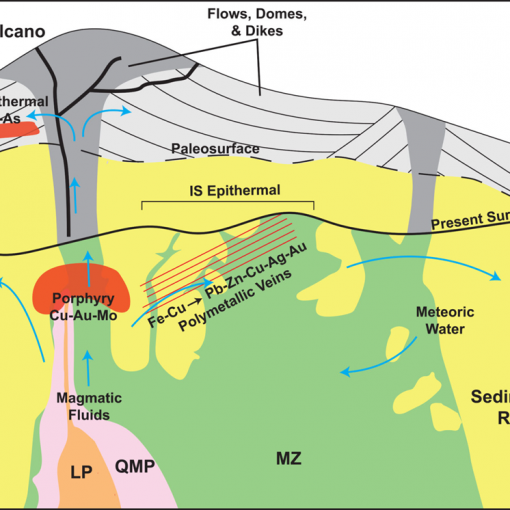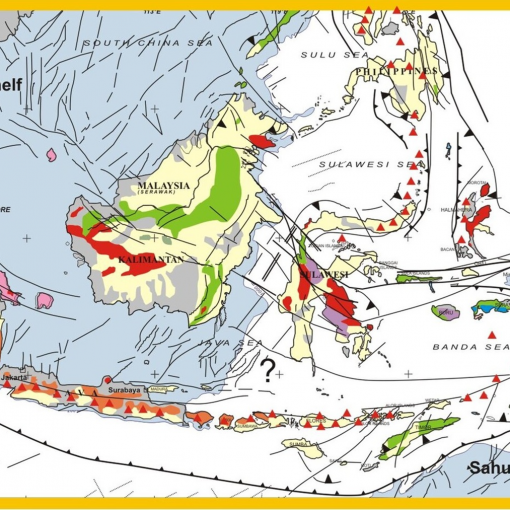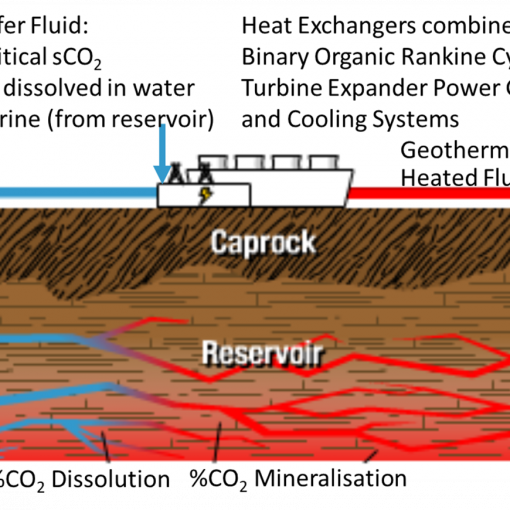Today’s post is (25) South Sudan. Several rift basin features with uplifts and faulted blocks offer geological conditions potentially conducive to accessing higher heat flux at reasonable well depths. Existing oil exploration and development wells may provide evidence of elevated bottom hole temperatures and aquifers in some of these areas.
To help eliminate Energy Poverty, a resilient Energy Mix can make good use of the domestically available, economic, environmentally sustainable, dispatchable baseload of Geothermal Energy.

- South Sudan has a tropical climate, with wet and dry seasons and the White Nile being the main water course. Half of the population is under age 18;
- South Sudan has oil resource developments. Hydroelectric potential is being developed. Minerals resources are being developed. Electricity access is low with ~10,000# private diesel generators in the capital alone. Much of the population rely on traditional biomass fuels;
- Areas of South Sudan that show geothermal energy potential include:
- The Cretaceous to Tertiary Muglad Rift Basin;
- Melut Basin, a passive rift basin with numerous oil-rich rift sub-basins, has inversion structures with uplifts and faulted blocks with good trap conditions;
- Areas of Tertiary to recent volcanism in the southeast of the country;
- Clean, environmentally sustainable renewable Geothermal Energy would be possible thanks to modern, low and medium enthalpy Binary ORC power generation solutions. Good geoscience tools are available to help incrementally explore and de-risk the areas of potentially suitable heat energy sources before more expensive drilling is required;
- The European Investment Bank (EIB) has approved $95 million for East Africa Geothermal Projects in several countries included South Sudan;
- Very attractive Levelised Cost of Electricity (LCOE) is commercially feasible for some developments to help improve electrification, reduce reliance on carbon fuelled power plants and hydropower plants, reduce energy poverty, and increase grid resilience for South Sudan. Increased electrical supply will also support domestic conversion of minerals to capture more value for South Sudan.




